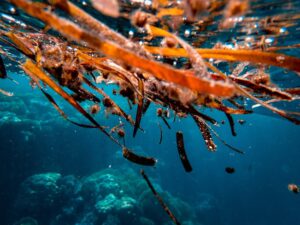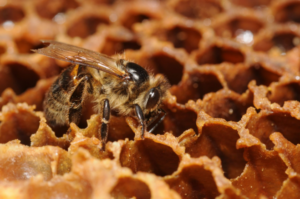Cute? Yep. Courageous? You betcha. Endangered? Unfortunately, yes.
So how is it that the diminutive WA marsupial – the chuditch – is the state’s biggest native mammal predator?
It may seem strange, but our lack of large predatory mammals means this carnivorous marsupial, weighing in at just 1.5kg, takes the crown as the state’s largest native mammal predator, except for the introduced dingo.
But more recently, the lightweight predator is earning applause for a new reason.
Populations of the chuditch have begun bouncing back from the brink of extinction.
BOUNCING BACK
So good is the recovery that conservationists have translocated 100 Western Australian chuditch to South Australia’s Flinders Ranges.
The translocated chuditch are breeding and spreading in the SA region they last inhabited some 100 years ago.
And recently, residents have reported chuditch sightings outside Perth – a place they last occurred in the 1950s.
It’s a good news story amid a sad era for many small to medium-sized native mammals whose populations are in decline.
That’s the word from Department of Biodiversity, Conservation and Attractions (DBCA) animal science programme leader Keith Morris.
Keith says chuditch once ranged through most of Australia’s southern half.
But their population plummeted after foxes and feral cats entered Australia in the 1800s.
The chuditch’s fearsome reputation as a chicken thief didn’t help.
Early settlers trapped and shot chuditch to protect their chickens.
Eventually, their population shrunk to just southwest WA.

NEW HOPE
In 1996, the then Department of Conservation and Land Management unleashed its Western Shield fauna recovery programme.
As part of the programme, the department (now DBCA) controlled foxes over 3.5Mha of southwest WA with baits.
The baiting slashed fox populations by up to 80%. But feral cats continued to thrive and attack native animals.
Fortunately, the chuditch was not as vulnerable to feral cats as it was to foxes. Their feisty nature and agility make them more than a handful for these wild cats to handle.
“Cats don’t seem to impact as badly on chuditch as other animals like the numbat and woylie,” Keith says.
The Chuditch preys on birds, reptiles and other mammals, and Keith has even heard cases of them dining on wild kittens – a rare instance of a native marsupial getting its own back.
STILL VULNERABLE
DBCA estimates about 10,000 chuditch occur in the southwest. They range from Kalbarri to Esperance.
The translocated Flinders Ranges population will further boost its numbers. And conservationists also plan to reintroduce chuditch to New South Wales.
But despite the improvements, conservationists are unsure just how stable the chuditch population remains.
As such, our biggest native predator retains its endangered listing as vulnerable.









